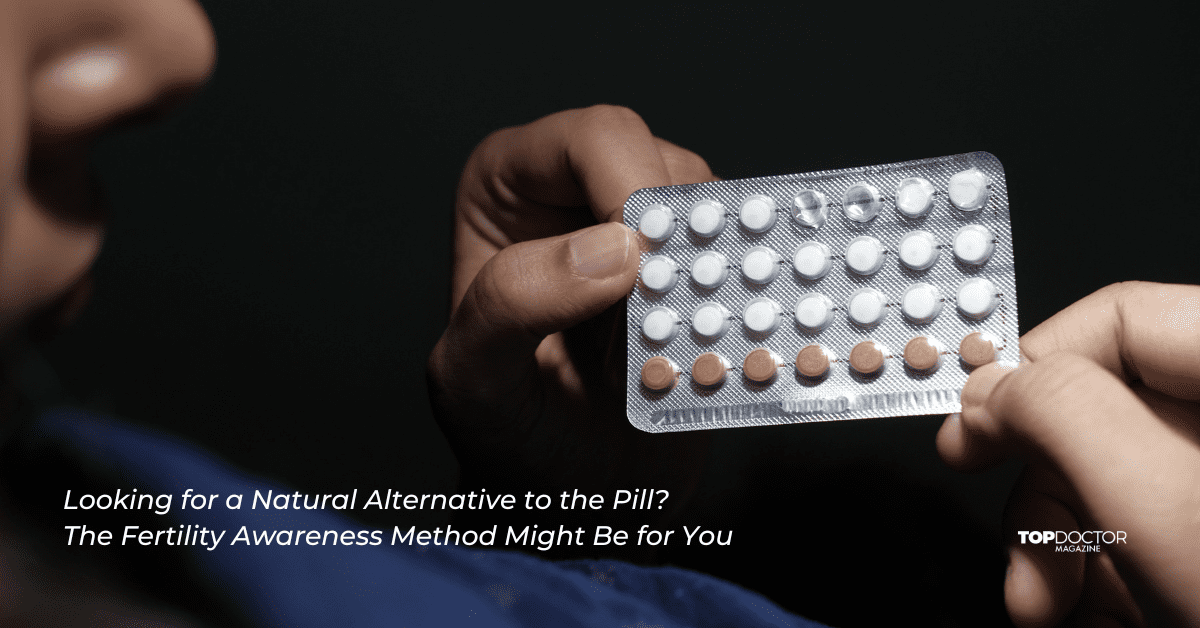Let’s be honest, being on the pill is not the most pleasant experience out there. The pill’s side effects can range from nausea to migraines and can often hold you back from going about your day as you typically would. Birth control pills are not only used as contraceptives but can also address other hormone-related problems that women deal with.
While some women don’t experience any adverse side effects, the pill is not every girl’s best friend. There may be a more natural alternative to the pill.
What Is the Fertility Awareness Method?
The Fertility Awareness Method (FAM), also known as the calendar method, is a natural form of birth control. It is done by tracking your menstrual cycle to predict when your fertile window is due. Studies show that FAM can be up to 99% effective when done correctly. This method is most effective when used with another form of contraception, such as condoms, during your fertile days.
You will need to take your temperature first thing in the morning daily and chart it on a graph. You will also need to keep track of changes in your cervical mucus throughout the month. Some apps can help you with daily tracking, although you can use a physical chart.
How Does FAM Work To Prevent Pregnancies?
The Fertility Awareness Method entails monitoring different fertility indicators (including basal body temperature and cervical mucus) to follow ovulation. It is a natural alternative to the pill that’s been shown effective at preventing pregnancies.
By understanding how your menstrual cycle works and pairing this with FAM, you will become much more aware of the effects that your menstrual cycle has on your body and mind. Tracking your fertility biomarkers (basal body temperature and cervical mucus) will help you understand when you’re fertile and likely to conceive in your cycle.
What Are the Benefits of Using the Fertility Awareness Method?
One of the benefits of FAM is that it is a natural, side-effect-free form of birth control.
FAM can also help you get to know your body better. By tracking your menstrual cycle, you will be more in tune with your body and how it works. This empowering knowledge can help you make better overall health decisions.
Lastly, FAM is much cheaper than other forms of birth control. There is no need to buy expensive pills or devices. All you need is a thermometer and a chart to track your temperature and cervical mucus changes.
When Should You Use the Fertility Awareness Method?
FAM can be used both to avoid and achieve pregnancy. Couples should abstain from sex when they are most likely to be fertile when using FAM to avoid pregnancy and when they are most likely to be fertile when trying to get pregnant.
FAM can be an effective and empowering way to take control of your reproductive health. It allows you to become familiar with your body’s signs of ovulation so you can better understand when you are most likely to get pregnant. This method is also non-invasive, meaning it doesn’t involve hormones or other methods to prevent pregnancy. Ultimately, this approach empowers you to make informed decisions about your body and reproductive health.
Menstrual Cycle Awareness and the Fertility Awareness Method
The use of FAMs requires learning about the menstrual cycle for it to be of any benefit to you. To avoid getting pregnant, you have to know when you’re in an ovulatory cycle, when you’re fertile and when you can have sex without becoming pregnant.
Your egg must first be fertilized by a sperm cell to get pregnant. Your fertile days are the days during your menstrual cycle when sperm can fertilize an egg.
Every month, your ovaries release an egg into your fallopian tube, known as ovulation. There is about a 12-hour period during which your egg stays in your fallopian tube. After sex, your sperm can stay in your uterus and fallopian tube for up to six days, depending on the type of sperm. During the fertilization process, whenever a sperm cell combines with your egg in the fallopian tube, the egg travels to the uterus (i.e., womb) and attaches to the uterine wall. If your egg doesn’t get fertilized, it dissolves, and you’ll eventually get your period.
Because eggs live about a day after ovulation and sperm live about six days after sex, you’re fertile for about seven days during every menstrual cycle: the five days before and the day of ovulation.
A Parting Reminder
The Fertility Awareness Method is a valuable tool for women to empower themselves by being familiar with their bodies! By understanding themselves more, women can now look into potentially using FAM as a natural alternative to traditional birth control methods.






0 Comments